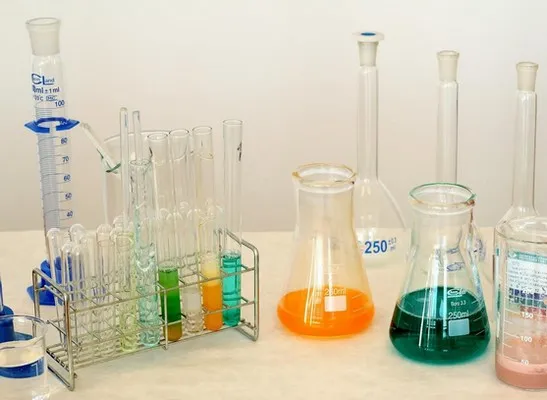In this blog post we will take a look at the special needs of lab autoclaves, which are different than hospital sterile processing needs. The hospital SPD mainly autoclaves packages of surgical tools around the clock, constantly trying to keep up with the demand of sterilized surgical trays for the operating room (OR). In contrast, most laboratories autoclave a wider variety of materials and media, including liquids, pipette and glass hollows, solid instruments, biohazard and waste, and agar preparation, and at a much lower overall capacity.
In this post we will take a look at some of the most common applications of laboratory sterilizers:
- Glassware, Hollow, and Tip Applications
- Isothermal Processing
(In our next post, we will discuss autoclaving liquids, and in a future post, we will be covering common BSL laboratory applications, such as biohazard, waste, and dangerous pathogens.)
Glassware, Hollow, and Tip Applications
The tricky part about sterilizing glassware, hollows, and pipette tips is removing the air before sterilization. Since these loads are essentially containers of various sizes, they inherently contain air inside of the containers, and this air must be removed in order to ensure complete sterilization of the load. The longer, or taller, the sides of the container, the harder it is to remove all of the air inside. Think of a short, fat beaker versus a tall, skinny beaker. Which one do you think would be harder to sterilize? The tall, skinny one.

Isothermal Processing
Isothermal Processing is another application that laboratory autoclaves are designed to handle. This cycle is most often used in the preparation of agar and other biological media. The temperature settings for this cycle range from 60°C to 95°C and allow for the gentle heating and cooling down of liquid loads, like agar. Agar is a delicate medium that can be easily overcooked/caramelized if proper precautions are not taken.
That’s a Wrap
Laboratory autoclaves for life sciences are designed to meet the high standards of today’s busy research institutes, universities, and biotech companies. As we’ve explained here, these autoclaves are constructed to sterilize the different types of media processed on a daily basis in your lab.
First we studied the challenges of air removal in glassware, hollow, and tip applications. We discussed how using a vacuum pump, via pre-vacuum air removal pulses, achieves greater than 99% air removal and eliminates air pockets inside even the tallest hollow containers. In addition, the vacuum pump dries the load more efficiently by keeping the pressure low and thus quickly extracting the vapor moisture.
And finally we spoke about isothermal processing, in which the temperature range of 60°C to 95°C allows for the preparation of agar and other isothermal media that are sensitive to heat.
Join us in our next blog post where we will explore liquid sterilization in laboratory autoclaves, another common lab application.
Comments and questions are welcome, as always, in the comment section below.